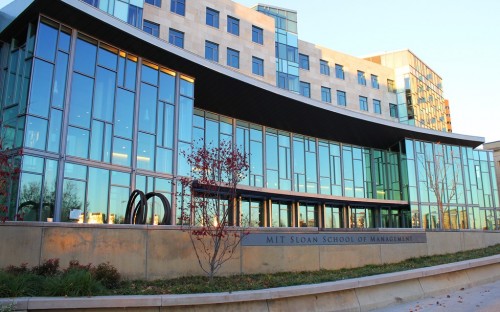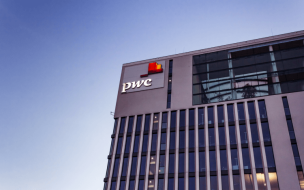The QS World MBA Rankings 2018 and the QS Business Masters Rankings 2018 alike use a carefully honed and balanced methodology, in order to ensure that we’re not just adding to the noise, but making a worthwhile contribution to the conversation.
Who tops the MBA rankings?
Sitting proudly atop the QS Global MBA Rankings 2018 is none other than the world’s most famous business school and originator of the MBA: Harvard Business School. The US, as you might expect is pretty dominant in the upper echelons of the ranking, accounting for more positions than the rest of the world combined in the top-20 (12 out of 20 positions).
The podium, however, is French-dominated, with HEC Paris and...
Of the US institutions, the M7 are all represented, joined by Berkeley Haas (which in 11th sneaks ahead of Chicago Booth in 12th), UCLA Anderson (13th—ahead of Kellogg in 14th) Michigan Ross, and Yale SOM.
Is it the same for business masters?
No, it is not! The top-20 of the QS Masters in Finance Rankings are very much a pan-European affair, reflecting the greater trend towards pre-experience and early-career postgraduate programs on the eastern side of the Atlantic.
London Business School sits atop the pile and at the fore of five UK top-20 institutions. North America, however, is represented four times, most prominently by MIT Sloan in second. HEC Paris in third leads a cohort of four French programs. Spain is the next-best represented nation, with two schools, led by ESADE (sixth), while otherwise we see Italy, Denmark, Sweden and Germany represented.
It’s a similar story in the QS Masters in Management Rankings, where this time HEC Paris gets the upper hand over London Business School, as does France (five representatives) over the UK (four). ESADE claims third place for Spain, which with two representatives equals the US, from which Michigan Ross in 16th is the highest representative.
Schools from Denmark, Switzerland, Italy, the Netherlands, Germany and Austria, alongside the global CEMS program, make up the rest. It’s also worth noting that if we extend our gaze out a little, we also get Asian representation, not from the usual big hitters in Australia, Singapore, or Hong Kong, but in the form of two Indian schools, led by IIM Bangalore in 22nd.
The third of rankings represents the first time a major ranking of business analytics programs has been attempted. This exciting young discipline looks to answer the needs of employers in the big data-driven age in which we live.
The US dominates the QS Masters in Business Analytics Rankings 2018, claiming each of the top four spots, led by MIT Sloan, Texas McCombs and USC Marshall respectively, and 14 of the top 20. The University of Melbourne takes fifth place, while Manchester Alliance leads the UK cohort in sixth. IE in 10th (Spain), the University of Amsterdam in 16th (the Netherlands) and MIP Politecnico di Milano in 20th (Italy) add to the international representation.
How we put the rankings together
Employability forms the backbone of the ranking, through the QS Global Employer Survey, which asks a global pool of employers the schools from which they prefer to hire. We also looked at employment rates after graduation.
Taking a longer view, we also look at the business school associations of 49,000 CEOs, executives, and board members of some of the world’s biggest companies, as well as the proportion of alumni who have gone on to found their own businesses.
Also in the interests of taking a long view, we have calculated 10-year return on investment, mapping projected post-MBA salary against what you would stand to be earning if you didn’t go to business school, using average salary figures.
We feel that 10 years allows for a more-meaningful figure than a shorter (eaten into by opportunity cost) or longer (diminishing in accuracy) timespan. This isn’t a precise science, but is an indication of the difference a high-cost advanced business degree could make to your earning potential, and how this varies between programs.
While business schools might be centers of vocational training, they’re also academic institutions. We measure a business school’s standing in thought leadership terms through the QS Global Academic Survey, focusing on those specializing in business and management. On top of this, we look at the volume of citations per academic paper.
Finally, we look at diversity in the school, awarding schools closer to achieving gender parity and with a higher international mix, among faculty and students alike.
Register for free to continue reading
RECAPTHA :
19
6e
2d
4e











The best of our Premium Articles